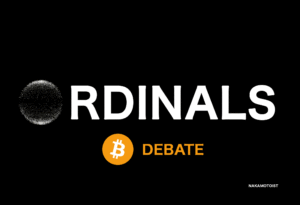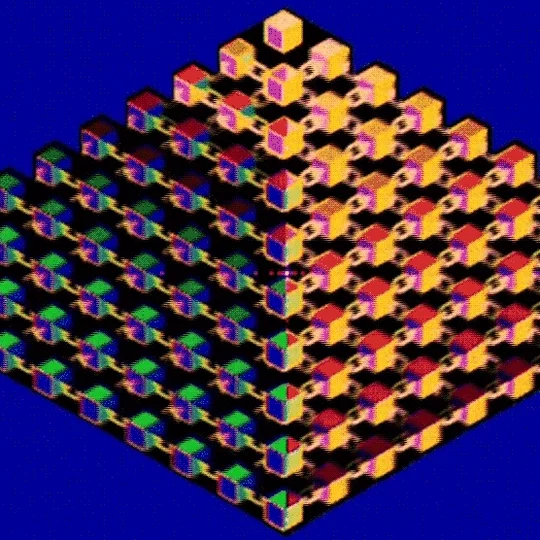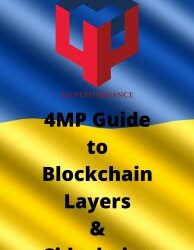Ordinals represent a movement to bring NFTs into the Bitcoin ecosystem. A battle is raging as many Bitcoin fundamentalists believe that there is a threat to the BTC chain with the inclusion of NFTs. Referred to as ‘digital artifacts’ or ‘inscriptions’ and not NFTs by those that believe the inclusion of ‘ordinals’ would be a major positive game changer for Bitcoin’s utility.
Taproot, the BTC chain upgrade which made ordinals possible, includes Schnoor, a new digital signature scheme for the BTC chain that boosts privacy, security, and scale of BTC transactions by allowing for multi signatures transactions. Additionally, smart contract issuers will now be able to ‘hide’ smart contract details.
The question boils down to whether the BTC chain should be used for non-financial purposes. As it stands, the issue is moot, as users can’t send or receive Taproot transactions until wallet providers build the software to support them, and this will take time, possibly years.

Why Use the BTC Chain?
Bitcoin was devised as a means of protecting savings and function as an inflation hedge. Moreover, it is a mechanism to instantly transfer money to anyone – cheaply and without permission from a middleman, bank, etc. from anywhere at any time. Bitcoin essentially gives the middle finger to the federal reserve, governments, banks, and other payment and funding systems.
The Bitcoin community is made up of two distinct groups: the purists, which see Bitcoin as money and sacrosanct to the BTC chain and those in the NFT creation business who see the BTC chain and ordinals as a means to effectively market their projects.
As we tumble into the second quarter of this tumultuous century the onboarding of billions of people onto Web3 protocols, whether they know it or not, will happen. Ordinals, that are minted on the BTC chain will be different. Unlike Ethereum-based NFTs, which depend on off-chain metadata that is modified, Ordinals enable all data to be inscribed on-chain.
Purists are correct when they say that ordinals will make transaction fees on the BTC chain more expensive and slow down confirmation times, and, more importantly, challenge the original purpose of the bitcoin (which is first and foremost a digital currency (money).
The battle of the bitcoin blockchain is yet to be decided, only the future will tell.




0 Comments